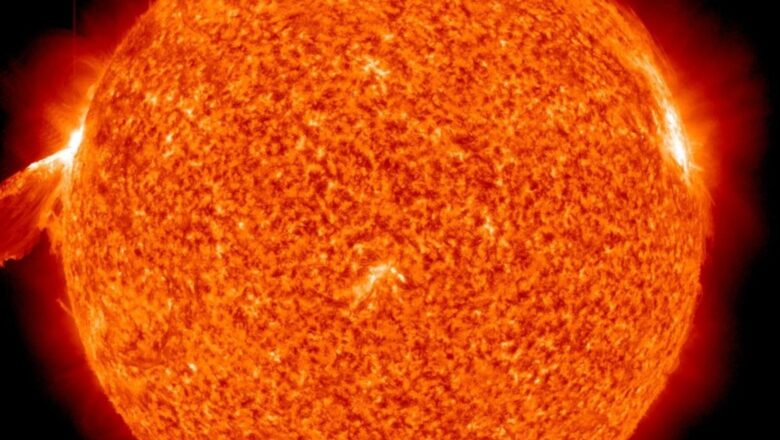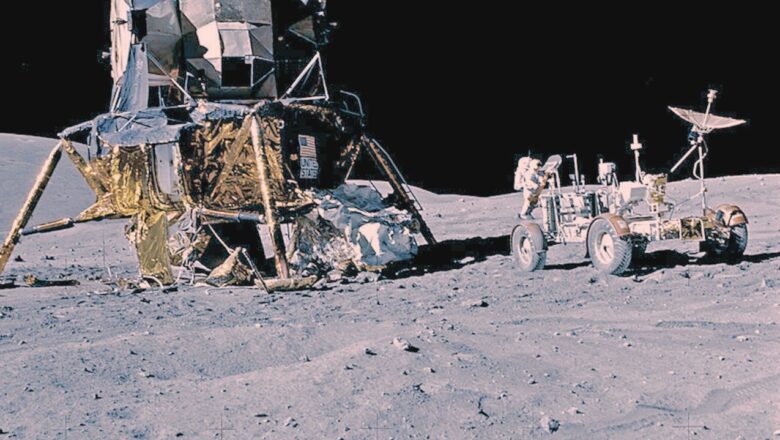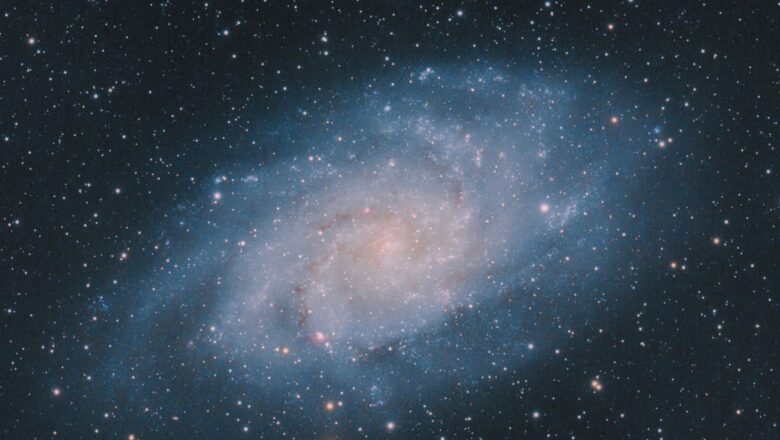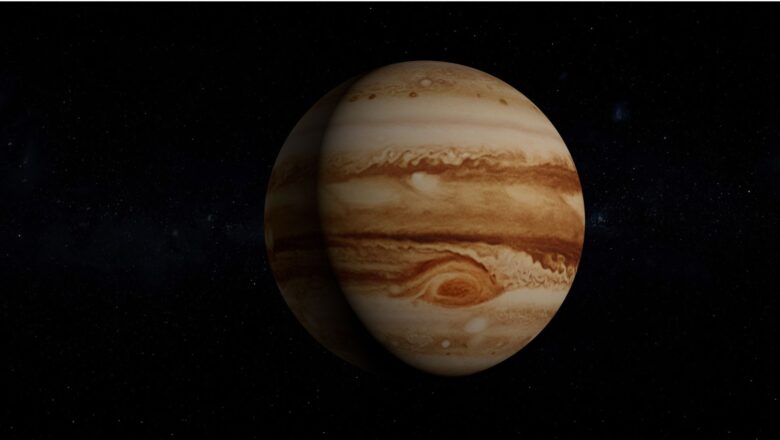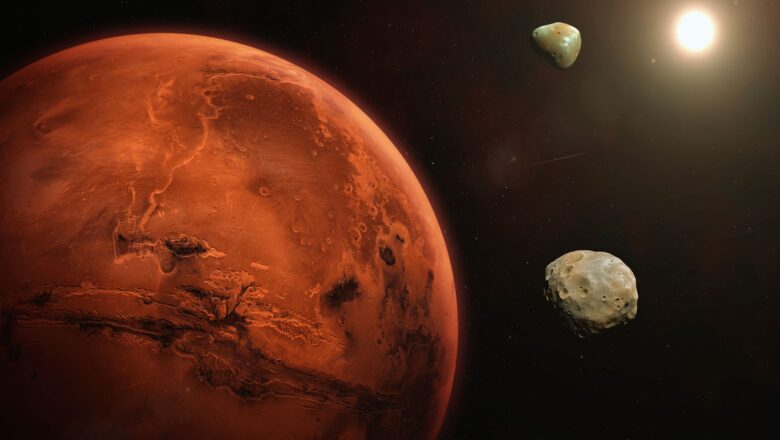
Big Bang to Boundless Expansion: A Physicist’s Guide to the Ever-Growing Universe
Have you ever tried to imagine how the Universe expands? Picture baking a muffin. As it bakes, the batter rises, and chocolate chips spread apart. The Universe’s expansion works similarly except there's no pan or edge. It grows into itself, an idea that’s as fascinating as it is hard to grasp.
Unlike a muffin expanding into a baking pan, the Universe doesn’t expand into anything. It’s all dough no pan. Even if a pan existed, it would also be part of the Universe and would expand with it.
This concept is mind-boggling because it’s so different from anything we experience in daily life. It’s like asking what’s farther north than the North Pole. Yet scientists define the Universe’s expansion by observing galaxies moving away from us, not by needing something for the Universe to expand i...

